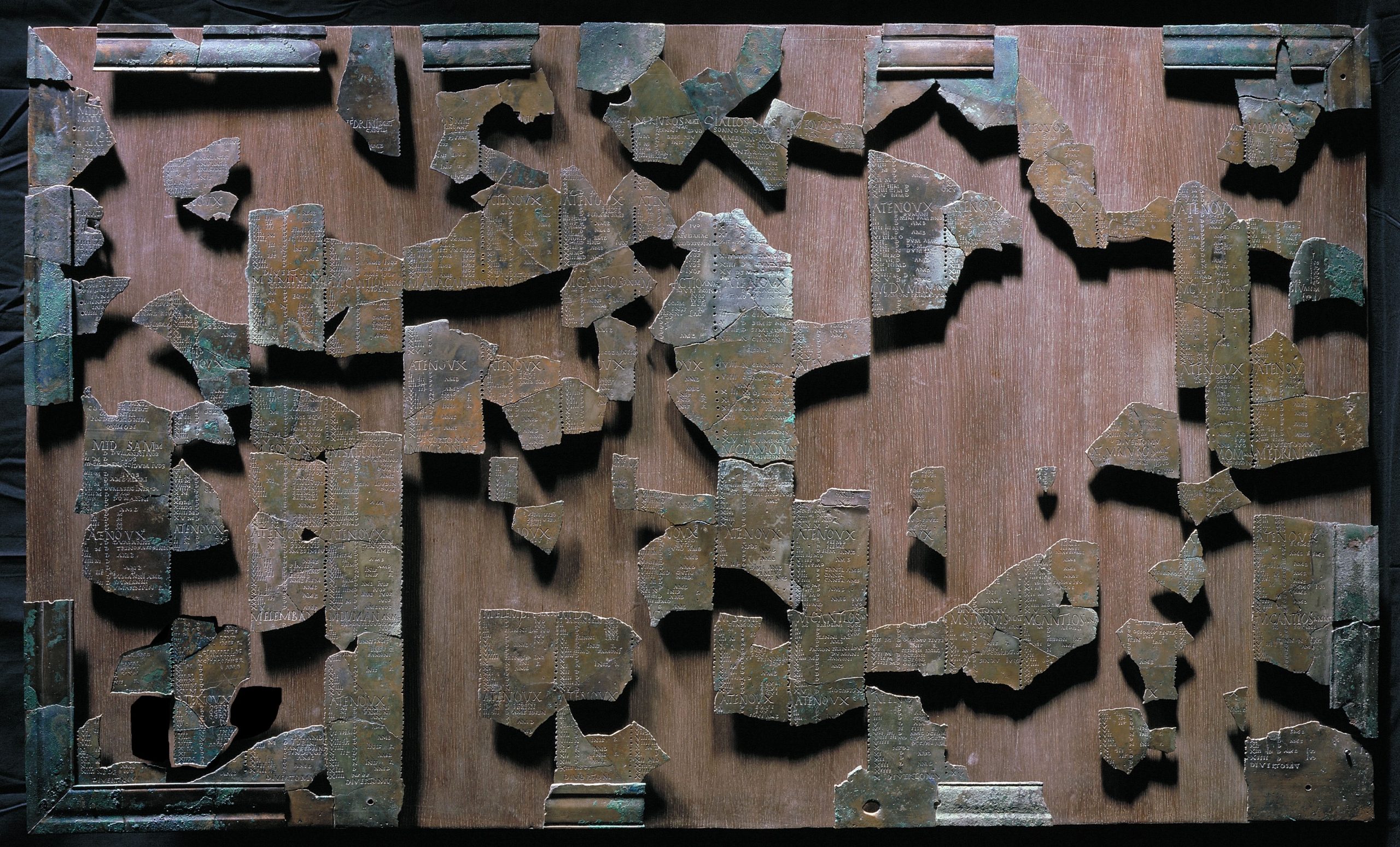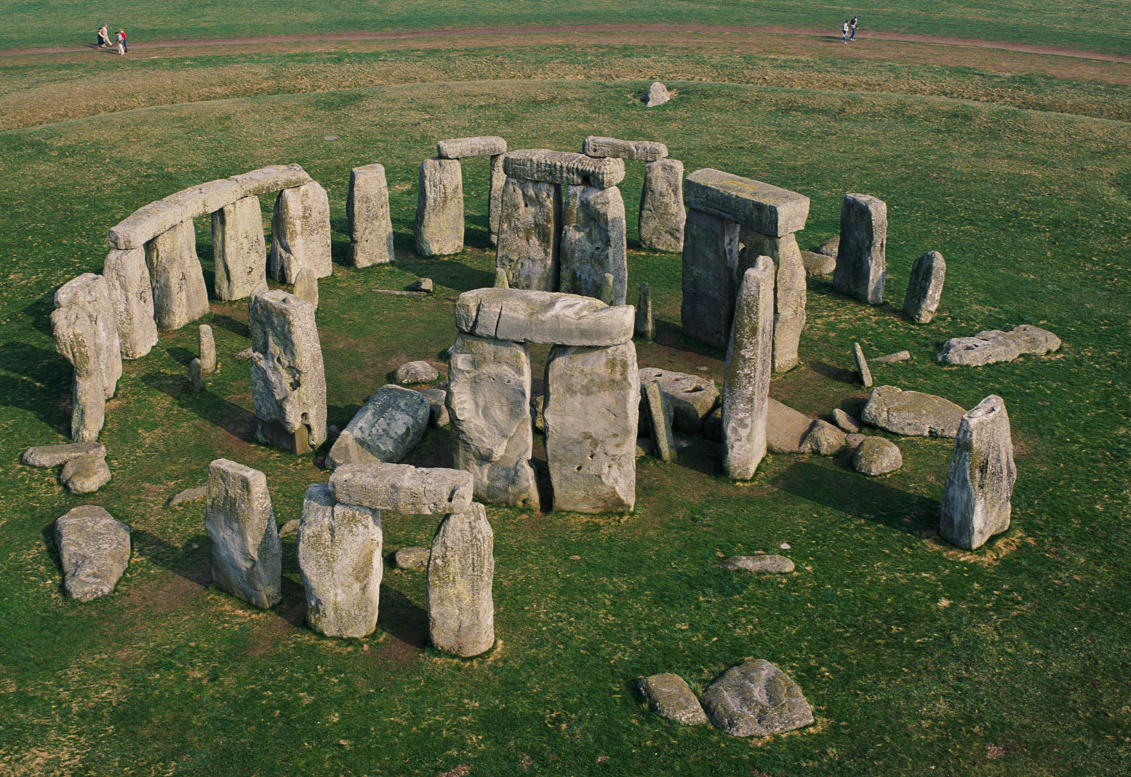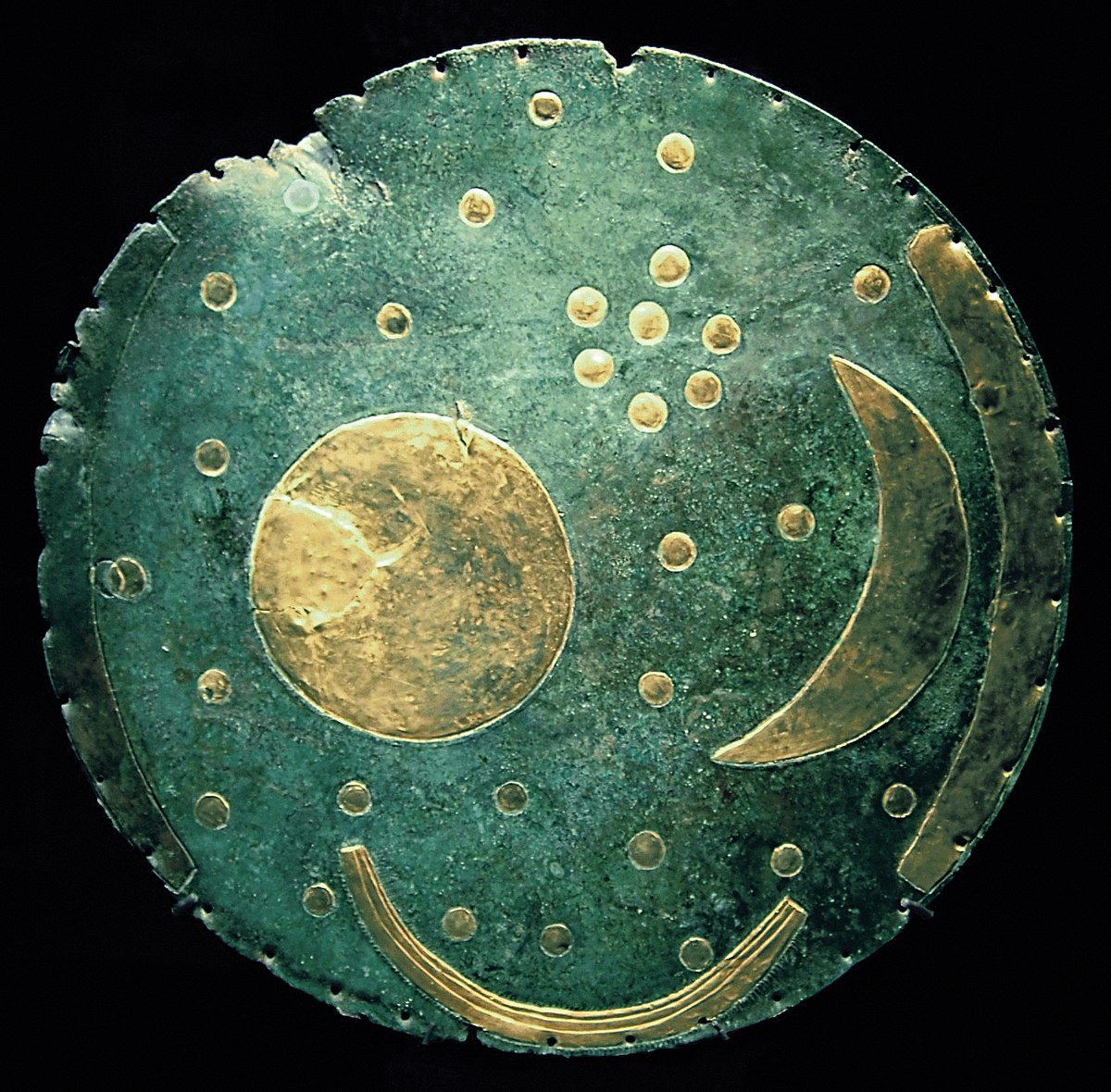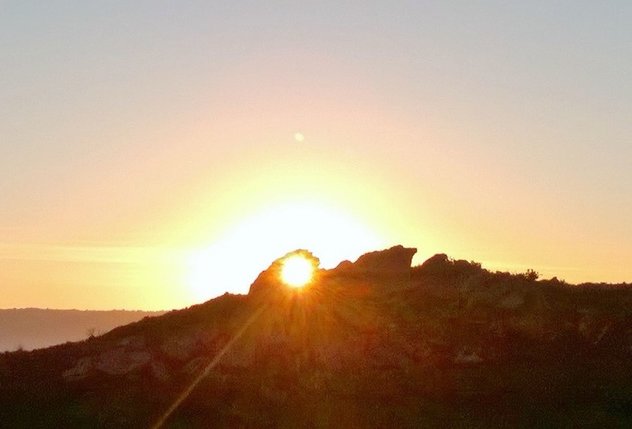In this article I intend to explore the relationship between Pythagoras and his 216 year rebirth period, the myth of the Phoenix and the Metonic cycle on which the Druidcraft calendar is based.
Continue readingCategory: Calendar History
If you are going to research Druids and Calendars it will not be very long before you come across the Coligny Calendar. This engraved bronze tablet was discovered in 1897 in Coligny France, once the home of the Sequini tribe and for this reason it is also known as the Sequini Calendar. A similar calendar was found in nearby Villards d’Heria but only 8 small fragments of that one remained. The Coligny Calendar is the most important evidence we have for a calendar of the Celtic tribes, and therefor the ancient Druids.
Continue reading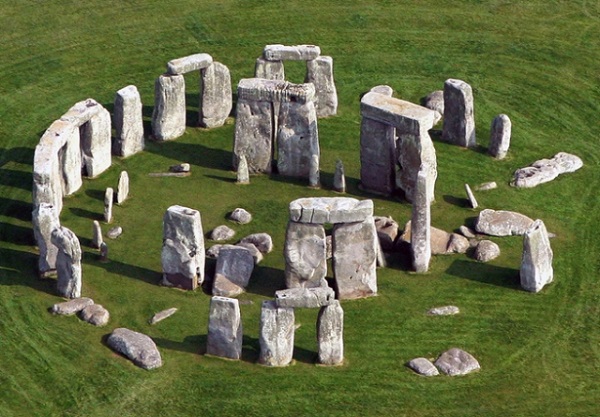
Building Stonehenge. Learning to tell the time, and the ancient Astronomical origin of English feet and inches.
For some, the allure and mystery of Stonehenge and other sites like it is a driving force of (re)discovery. Many people down the centuries have spent countless hours studying these sites in ever greater detail. Looking for the clues of meaning, ritual and how the place was constructed. We are now very confident that at least one use of the site was as an ancient astronomical calculator, measuring the motions of the moon and sun resulting in a Metonic Calendar. Continue reading
Following on from previous articles on the history of calendars and the Metonic cycle, in this article we will be looking at the possible Motonic calendar found at the Hittite Yazilikaya Rock sanctuary in modern day Turkey.
Continue readingAs you may have already noticed, this website is largely focused on the exploration of the 19 year cycle of the sun and the moon known as the Metonic cycle, and its place in history and the Druidic tradition.
Continue readingThe Druidcraft calendar was never intended as a genuine authentic ancient druidic calendar. Instead it is a tool to help modern pagan practitioners to understand the movements of the sun and moon for ritual and predictive purposes, which by its very nature is a calendar. Despite this, in this article I would like to discuss the Druidcraft calendar’s historical basis. Continue reading
In my last article in this series I discussed a number of prehistoric calendar sites that show that early humans were concerned with reconciling the movements of the sun and moon in order to follow a lunisolar calendar.
I have decided to create a series of posts about calendars throughout history. In doing so I hope to both learn more about calendars myself, and also create a repository of information for other people who might take an interest in this subject in the future. I want to say right up front that I am neither a historian, an astronomer, nor any kind of an expert on calendars. I am simply someone who took an interest in the subject one day. In this first article, I am going to cover the truly ancient calendars before I move on to the ones we have better records for such as the Egyptian, Greek and Roman calendars.

